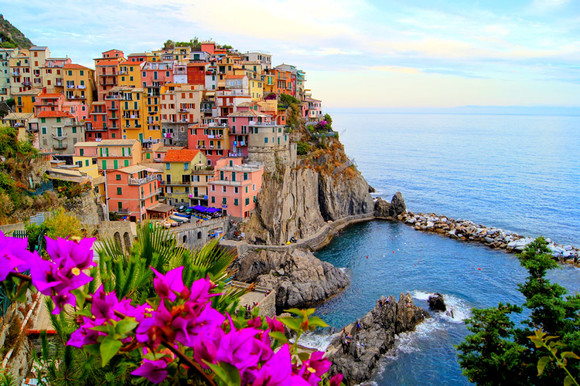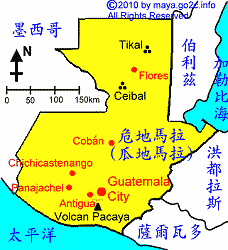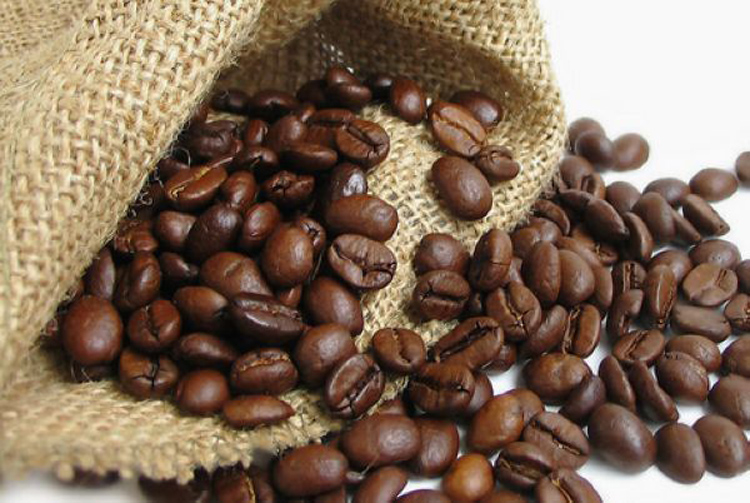Guatemala New Oriental guava plain tin card or bourbon? tin card coffee bean tin
Iron pickup "Typica" iron pickup, the name sounds very majestic, but in fact it is not so strong... its constitution is weak, disease resistance is poor, easy to catch rust leaf disease, fruit yield is also small. It is one of Ethiopia's oldest native varieties, and many Arabica are derived from iron pickups!
Iron pickup top leaves for bronze is one of the characteristics, bean larger, into a sharp oval or thin pointed shape. We are familiar with, such as thunder, such as Mantenin, Blue Mountain, Elephant Bean, Kona, Yunnan Small Round Bean... and so on. They are all derivatives of iron pickups.
Bourbon Bourbon is an ancient fine variety that is juxtaposed with iron pickups, and some botanists believe that Bourbon is a variant of early iron pickups transplanted to Yemen.
Bourbon is almost entirely round beans, a little smaller than iron pickup, ripening later, but yielding 30% more than iron pickup. It is suitable for growing at altitudes above 1200 meters, and the flavor is obviously more prominent than that below 1000 meters. However, Bourbon has a disadvantage that it ends up resting for a year. Round bourbon is vigorous, resistant to rust leaf disease is better than iron pickup, but the flavor is not inferior to it, or even better.
In 1810, Bourbon Island's round beans were partially mutated into pointed beans. This is the famous "pointed bourbon". Its characteristics are that the caffeine content is only half, the output is small, and the constitution is weak. It is extremely rare, just like a weak aristocratic youth.
In addition, the biggest common point between iron pickup truck and bourbon is that they both need shade tree protection. If there is no shade tree to help them block the sun, not only is it not conducive to their growth, but the flavor of coffee beans produced is also greatly reduced.
Country: Guatemala
Production area: New Oriental
Manor: Guava Plain Manor
Producer: Mr. Benjamin Donado
Treatment method: wine fragrance sun treatment
Breed: SL28
Altitude: 1675 m
Flavor: pineapple, dried apricot, red wine
Guatemala is one of the most important coffee-producing countries in Central America. The mountains in Guatemala extend for a long time, and the regional climate varies from one place to another. Therefore, eight coffee-producing areas in Guatemala are created. They are all located on the highland terrain with subtropical climate. The rainfall is abundant and stable. The fertile volcanic ash soil is the perfect environment for coffee trees to grow. Plandel Guayabo is located next to Volcán de Suchitán volcano, which means "guava plain" in Spanish. It is named after guava trees planted in large numbers in the area. The owner of the estate is Benjamin Donado(Mr. Benjamín Donado). The Donado family has been committed to coffee production since 1990 and has been doing so for more than 20 years. Before this, local farmers were unfamiliar with coffee production and could not imagine growing coffee trees at such steep and high altitudes, but it has now been proved that Benjamin made the right choice to produce high-quality, high-quality coffee beans with different varieties and treatments. In the early days of New Oriente in Guatemala, berry buyers regularly came to buy coffee cherries from farmers and resold them to larger middlemen, who resold them to the town of Esquipulas, where they were mixed with other batches to form a large batch of SHB that could not be traced back to origin and sold worldwide under the name New Oriente. With this in mind, Guava Plains is one of the key players in an increasing number of international green bean traders trying to change this dynamic by working with local partners to break the traditional vicious circle by producing green beans with excellent flavor and traceability.

Important Notice :
前街咖啡 FrontStreet Coffee has moved to new addredd:
FrontStreet Coffee Address: 315,Donghua East Road,GuangZhou
Tel:020 38364473
- Prev

Is the Guava Plain Manor in the New Oriental region of Guatemala Robusta or Arabica?
Global coffee bean tree species are mainly divided into: Arabica and Canephora, of which Arabica coffee beans account for more than 100 coffee varieties of 70%80%coffee. The more common coffee varieties are: Arabica Arabica, with outstanding personality and unique flavor, is the main force of boutique coffee, mainly used in coffee shop management and high-end coffee market supply; Robsta
- Next

Is Saint Roman in Tarazu, Costa Rica, a Robsta species or an Arabica species? Coffee
Global coffee bean tree species are mainly divided into: Arabica and Canephora, of which Arabica coffee beans account for more than 100 coffee varieties of 70%80%coffee. The more common coffee varieties are: Arabica Arabica, with outstanding personality and unique flavor, is the main force of boutique coffee, mainly used in coffee shop management and high-end coffee market supply; Robsta
Related
- Does Rose Summer choose Blue, Green or Red? Detailed explanation of Rose Summer Coffee plots and Classification in Panamanian Jade Manor
- What is the difference between the origin, producing area, processing plant, cooperative and manor of coffee beans?
- How fine does the espresso powder fit? how to grind the espresso?
- Sca coffee roasting degree color card coffee roasting degree 8 roasting color values what do you mean?
- The practice of lattes: how to make lattes at home
- Introduction to Indonesian Fine Coffee beans-- Java Coffee producing area of Indonesian Arabica Coffee
- How much will the flavor of light and medium roasted rose summer be expressed? What baking level is rose summer suitable for?
- Introduction to the characteristics of washing, sun-drying or wet-planing coffee commonly used in Mantenin, Indonesia
- Price characteristics of Arabica Coffee Bean Starbucks introduction to Manning Coffee Bean Taste producing area Variety Manor
- What is the authentic Yega flavor? What are the flavor characteristics of the really excellent Yejasuffi coffee beans?

